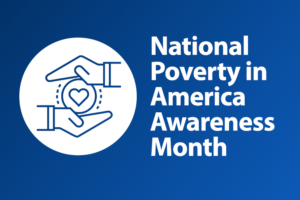Sarah Ford | October 24, 2013
Can Bats Hang On?
In the winter of 2006, a killer lurked in a dark cave in upstate New York. That’s where the first incidence of a deadly fungal disease called white-nose syndrome (WNS) was recorded. The bat-killing fungus is thought to have hitched a ride from Europe on the shoes or clothing of someone who then went caving in North America. Since its introduction on this continent, the fungus has killed an estimated 7 million bats, a loss of unprecedented proportions in North America. Outbreaks have been seen in 22 states and five Canadian provinces.
The fungus kills bats by disrupting their ability to hibernate in the winter. The disease was named white-nose syndrome because bats infected with the fungus often have white, fuzzy growths on their nose and ears.
Most people may not give much thought to these flying mammals, and some may even find them a bit scary, but bats play an important role in our environment. Bats are an indicator species, interacting with many elements of the ecosystem. The millions of bats succumbing to WNS will leave massive ecological holes in their wake. Bats eat metric tons of mosquitoes and crop-damaging insects, and even help spread seeds and pollinate plants. Cave flora and fauna that depend on bats could be in danger of collapsing.
White-nose syndrome is one of the fastest spreading, most devastating diseases to ever affect a wildlife species. But there is hope. Since the disease first became an epidemic on this continent, Morris Animal Foundation has been funding research to understand and contain white-nose syndrome.
You’re Invited! October 31 at Noon:
On October 31 at noon, Morris Animal Foundation-funded researchers Aryn Wilder and Dr. Michael Sorenson will be presenting their latest WNS research during a live, public webinar. Join us as they explain how they are studying patterns of movement of little brown bats, the most common bat species in North America, in hopes that they can use the information to determine how WNS will spread.
Get Resources and Insights Straight To Your Inbox
Explore More Articles
Open Position: Customer Service Coordinator (Remote-Part Time)
Position Title: Customer Service Coordinator (Remote – Part Time) Department: Charitable Funds Management Solutions We are a non-profit charitable organization looking for skilled individuals who…
Read ArticleGet Resources and Insights Straight To Your Inbox
Receive our monthly/bi-monthly newsletter filled with information about causes, nonprofit impact, and topics important for corporate social responsibility and employee engagement professionals, including disaster response, workplace giving, matching gifts, employee assistance funds, volunteering, scholarship award program management, grantmaking, and other philanthropic initiatives.





